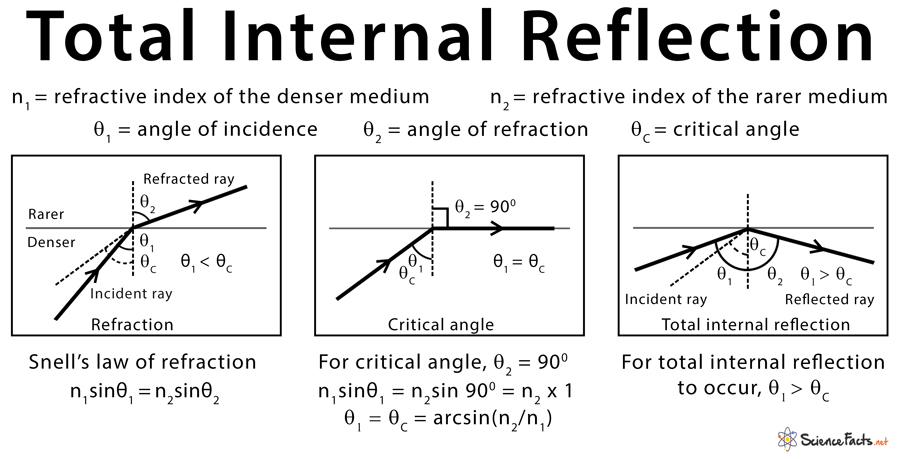

This truth is depicted in the diagram below.įor example, in Diagram A above, the eye is sighting along a line at a position above the actual image location. Only when you sight at the image, does light from the object reflect off the mirror in accordance with the law of reflection and travel to your eye. If you were to sight along a line at a different location than the image location, it would be impossible for a ray of light to come from the object, reflect off the mirror according to the law of reflection, and subsequently travel to your eye. (The reason for this will be discussed later in Lesson 2). It just so happens that the light that travels along the line of sight to your eye follows the law of reflection. The diagram shows that the light reflects off the mirror in such a manner that the angle of incidence is equal to the angle of reflection. As you sight at the image, light travels to your eye along the path shown in the diagram below. To view an image of a pencil in a mirror, you must sight along a line at the image location.

It is common to observe this law at work in a Physics lab such as the one described in the previous part of Lesson 1. (These two angles are labeled with the Greek letter "theta" accompanied by a subscript read as "theta-i" for angle of incidence and "theta-r" for angle of reflection.) The law of reflection states that when a ray of light reflects off a surface, the angle of incidence is equal to the angle of reflection. The angle between the reflected ray and the normal is known as the angle of reflection. The angle between the incident ray and the normal is known as the angle of incidence. The normal line divides the angle between the incident ray and the reflected ray into two equal angles. This line is known as a normal line (labeled N in the diagram). At the point of incidence where the ray strikes the mirror, a line can be drawn perpendicular to the surface of the mirror. The ray of light that leaves the mirror is known as the reflected ray (labeled R in the diagram). In the diagram, the ray of light approaching the mirror is known as the incident ray (labeled I in the diagram). The diagram below illustrates the law of reflection. If a ray of light could be observed approaching and reflecting off of a flat mirror, then the behavior of the light as it reflects would follow a predictable law known as the law of reflection. Light is known to behave in a very predictable manner.


 0 kommentar(er)
0 kommentar(er)
